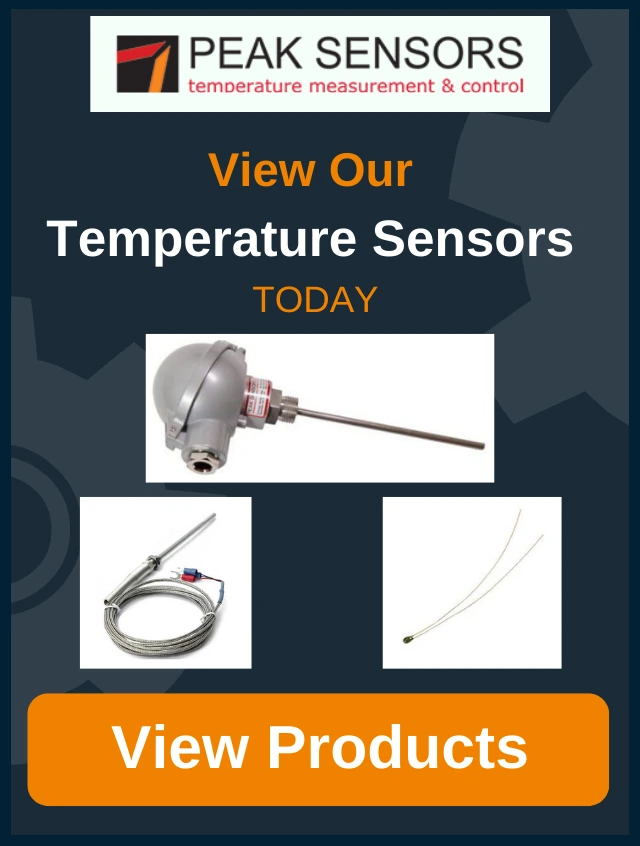Low Cost Temperature Sensor Design
TL;DR — Quick Summary
Designing low cost temperature sensors involves balancing sensor type, cable, and enclosure costs while maintaining adequate performance. Thin-film Pt100s or thermistors are the cheapest sensing elements, PVC cables reduce cost at lower temperatures, and simple stainless steel housings are usually sufficient. Volume production and minimal extra processes can further lower costs.
What Is The Cheapest Type of Temperature Sensor?
The most economical temperature sensors are simple assemblies made of:
- Sensing element: Thin-film Pt100s or thermistors
- Cable extension: PVC for low temperatures, or PTFE/FEP/PFA for higher temperatures
- Protective enclosure: Typically a closed-end stainless steel tube filled with epoxy
These basic designs provide reliable measurement while keeping production costs low.
Breaking Down Temperature Sensor Costs
1. Sensing Element
- Thin-film Pt100: Affordable, suitable for most industrial applications.
- Wire-wound Pt100: More accurate across a wider temperature range, slightly more expensive.
- Accuracy class:
- F0.3 (≈ old Class B) — standard, cost-effective
- F0.15, F0.1 — higher accuracy, increases price
- F0.6 — lower cost, wider tolerance
- Thermistors: Cheaper than Pt100, resistances vary widely, may lack standardisation.
2. Cable
- PVC: Low cost, max operating temperature 70–105°C
- PTFE, FEP, PFA: High-temperature options (up to 200°C+), 5× more expensive than PVC
- Shielding or braid: Adds durability but increases cost
3. Enclosure
- Typical 6 mm stainless steel tube is inexpensive
- Brass may be used for machined shapes
- Filled with epoxy to protect the sensor
- Some units can be sold without hot-end enclosures for extreme low cost
4. Volume Production
- Economies of scale reduce cost significantly
- Automation (cable cutting, stripping, welding) lowers labour expenses
5. Extra Processes
- Calibration, integrity testing, cold-end plugs, serial marking, or special treatments increase cost
- Understanding which extras are necessary helps maintain low sensor cost
FAQs
Q: Are thin-film Pt100s accurate enough?
Yes, for most industrial applications, thin-film Pt100s provide sufficient accuracy. Wire-wound Pt100s are only needed when extreme precision is required.
Q: Can thermistors replace Pt100s?
Yes, thermistors are cheaper and suitable for many applications, but they are less standardised and may vary between manufacturers.
Q: How can I lower the cost of high-temperature sensors?
Choose lower-cost enclosures, minimise cable shielding, and limit extra processes. Bulk ordering also reduces cost per unit.
Q: Does sensor size affect cost?
Small, simple enclosures (around 6 mm diameter) are cheapest. Larger or custom-shaped housings increase material and production costs.
Q: Can you quote low-cost sensors for custom applications?
Absolutely. Peak Sensors specialises in low-cost, high-quality temperature sensors for a variety of applications.

